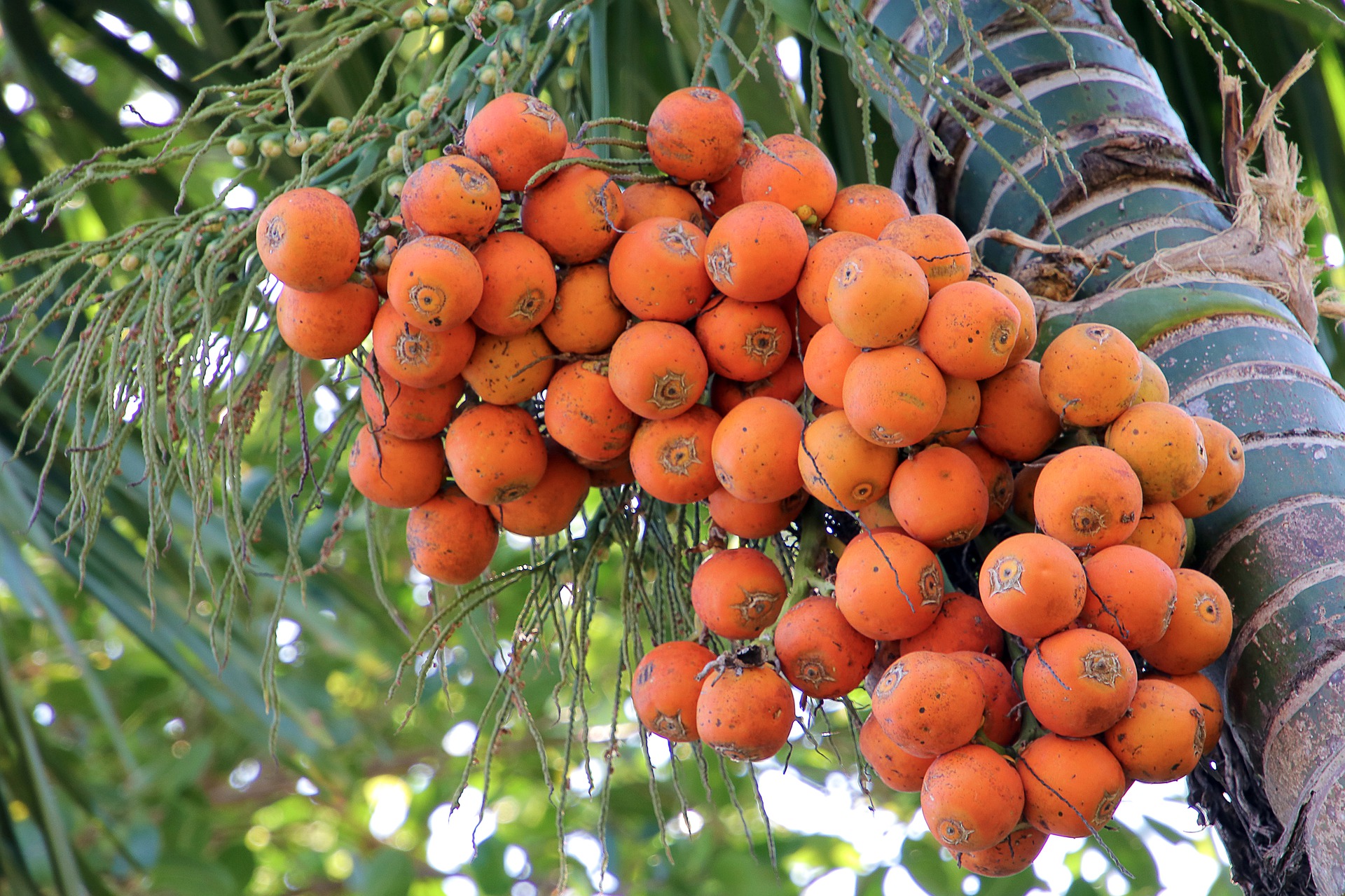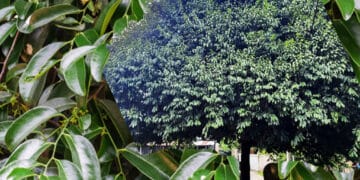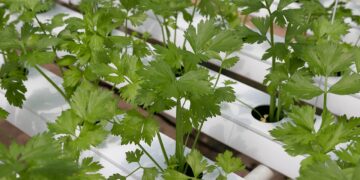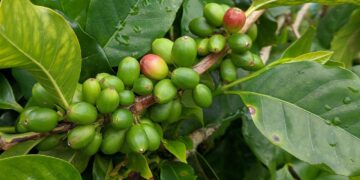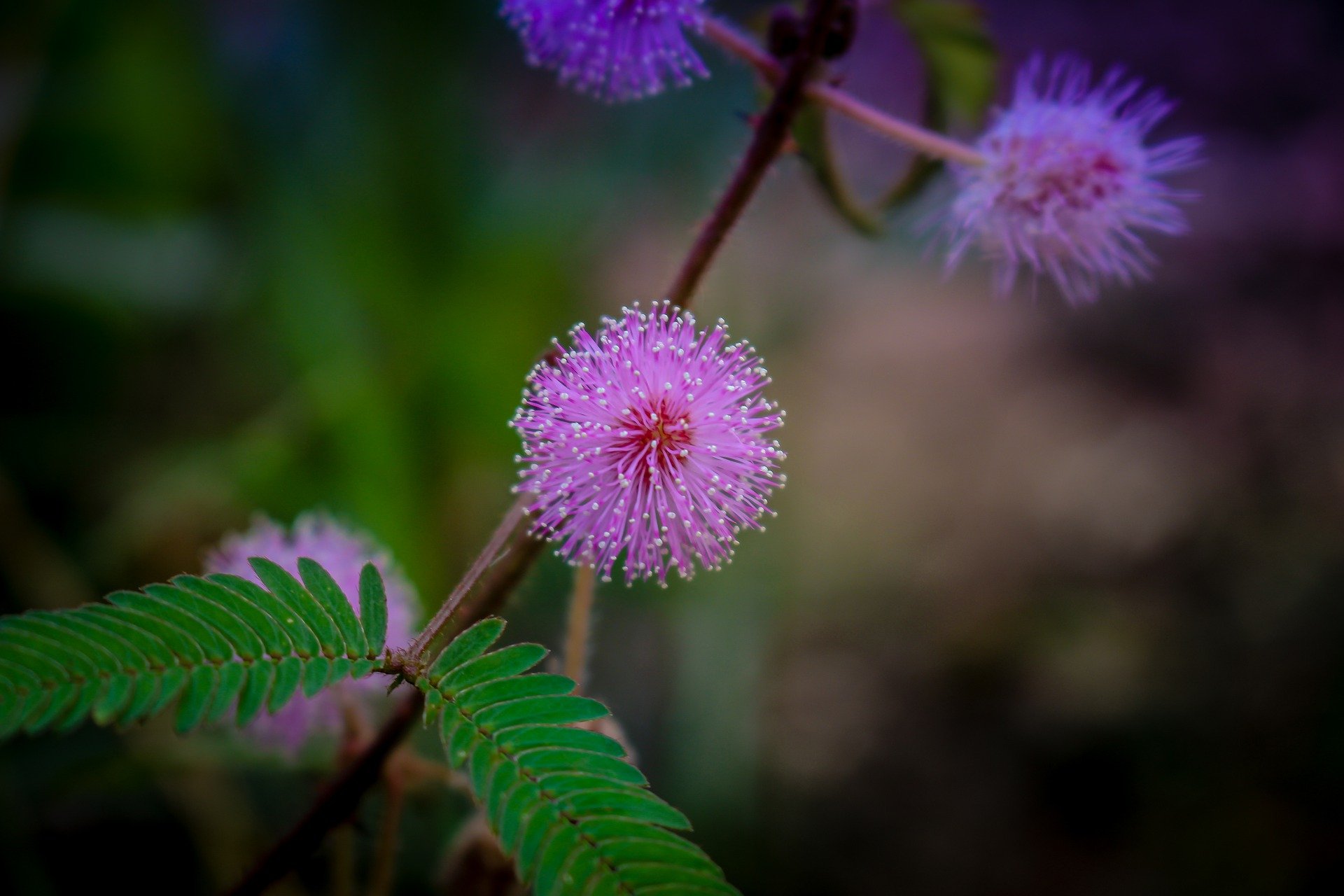The supply of a mixture of Areca nut and betel leaves has been a tradition and practice in many Asian and Oceanic countries for thousands of years. It is not known when the combination of Areca nut and betel leaves began to form a psychoactive drug. Archaeological evidence from Thailand, Indonesia and the Philippines show that it has been used for 4,000 years or more. The betel and Areca nut tradition of the Indian subcontinent dates back to the Vedic period and the Harappan Empire. Belongs to the former. Cree. BC In the Chinese text “San-Hu-Sundan” which is believed to have been written during 140-8 AD, Areca nut is known by the Malaysian word “Pinlang”. Alvaro de Mandena, a Spanish sailor, reported that the inhabitants of the Solomon Islands reddened their mouths by mixing lime with punak and betel.
| Botanical Name | Areca catechu L |
| Kingdom | Plantae |
| Family | Arecaceae |
| Genus | Areca |
| Species | A. catechu |
There is no definite idea as to the origin of the areca tree, and there are various opinions on this. Various researchers have found arecanut varieties from Malaysia, Philippines, India, Sri Lanka, Thailand and the islands of Sumatra in Indonesia.
Products and Utilities
The fruit of the areca nut tree often referred to as the areca nut, is used primarily in betel leaves in all South Asian countries and in many Southeast Asian and coastal countries. It is a mild stimulant that makes the body feel mildly warm. Areca nuts are used both raw and dried. Pakistan and India cut raw areca nuts and make different products with different flavours. China and India Arecanuts are used in Ayurvedic and traditional Chinese medicine. Arecanut powder in India is used as an ingredient in some toothpaste products. Crushed areca nut decoction or alkaloid extract is used in veterinary medicine to remove tapeworms and remove intestinal parasites from animals.
Arecanut leaves are used in the manufacture and decoration of various furniture, and the leaves are used as quick-drying dishes and packaging materials. The leaves are used to keep the cooked leaves Parcelkithul honey safe. Mature stems are used as a building material as well as a decoration for religious ceremonies by Hindus. Immature trees are used as ornamental plants.
Mainly cultivated forest areas
Areca nuts are mainly cultivated in the Wet Zone and Intermediate Wet Zone of Sri Lanka. However, Arecanut plantations can be found on a small acreage along large lakes and waterways in the dry zone. Areas of Arecanut Cultivated in Sri Lanka Estimated Estimate As 12533. The main Arecanut growing districts in Sri Lanka are Kalutara, Kandy, Kegalle, Ratnapura, Badulla and Matale. All Arecanut plantations can be seen as home gardens or mixed plantations, with little commercial cultivation.
Varieties
Areca nut has been cultivated throughout the wet and intermediate zones for centuries and has a wide genetic diversity. There are a large number of local selections in the various cultivated areas, and there are several varieties introduced. The Central Research Institute of the Matale Department of Export Agriculture has Germplasm of 1206 Lines and selects several varieties that yield more than 1000 fruits per tree per year and provides them to the growers.
Local Arecanut
Native areca nuts are found all over Sri Lanka. The tree grows to 15 – 20 m tall. Areca nuts are round or oval in shape. Up to 50-400 nuts can be seen in a single fig. Three local varieties have been introduced at the Matale Central Research Station as new varieties.
Matale Lions
One tree can produce about 4 kg of dried areca nuts per year. On average, one tree can produce 4-5 leaves per year. A raw nut weighs about 20 grams and after drying it weighs about 4.8 grams.
Matale Chathura
The shape of the nut is slightly elongated. One tree can harvest 4-5 leaves per year. Each fig has about 250 nuts. About 4.7 grams of areca nuts can be obtained after drying. The annual areca nut yield is about 4 kg.
Raja of Matale
A tree yields about 3-5 leaves per year. A tree yields about 700 nuts a year. A tree can yield about 3.7 kg of arecanuts per year.
Country Arecanut
Trees do not grow that high. (8-12 m). The lifespan of the tree is about 12-15 years. The fruits are large and round in shape. The skin is yellow or green. One fig yields about 75 nuts. There are about 4 clusters per tree per year. Harvesting of other arecanut species can be done during off season. Karunka is not produced with ratha arecanut.
Hamban Areca nuts
The most suitable areca nut for sale. One fig produces about 75-80 nuts. Bark yellow or reddish-orange.
In addition to the above varieties are the varieties which are mostly not used for consumption. These are “Dothalu”, “Lenathari”, “Indian Areca” and Fancy Areca.

